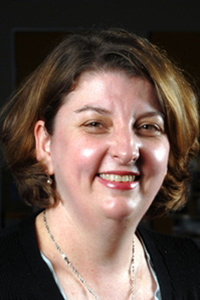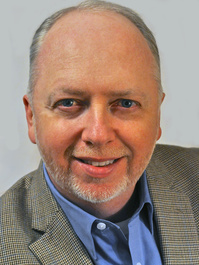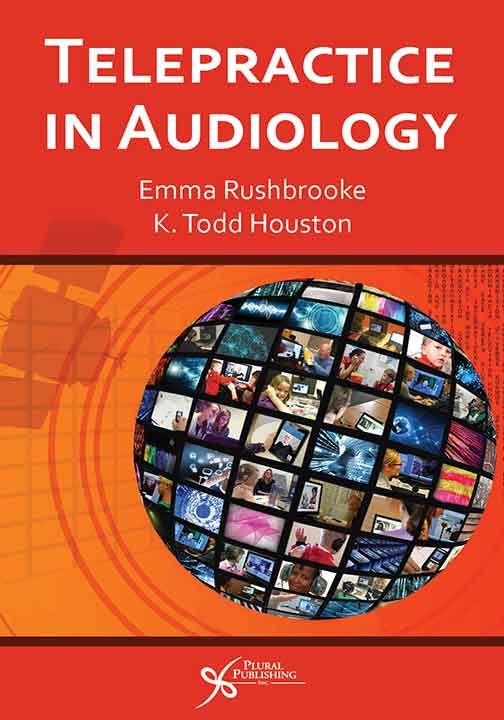
Telepractice in Audiology
First Edition
Emma Rushbrooke, K. Todd Houston
Details: 284 pages, B&W, Softcover, 6" x 9"
ISBN13: 978-1-59756-613-1
© 2016 | Available
For Instructors
Purchase
Telepractice in Audiology provides practical information to audiologists to enable the development and delivery of a successful telepractice program. Specifically, the text discusses the technological requirements (e.g., videoconferencing equipment, remote programming software options, Internet connections, etc.), applications and models of service delivery in audiology, policy and regulatory issues, as well as future directions in the field. The use of telepractice technology, specifically the Internet and remote programming software, has the potential to improve equity of access to services and reduce the burden placed on families. Program reports, outcomes, and publications that are emerging demonstrate the ability to offer sophisticated audiological assessments with reliable outcomes. This text provides the knowledge and skills required to implement a telepractice program that could provide a range of audiological services from diagnostics to intervention and habilitation/rehabilitation. Further, different models of service delivery are presented, thus demonstrating the flexibility of a telepractice approach.
Telepractice in Audiology is a useful resource for practicing clinicians as well as students training to be audiologists. In addition, teachers of the deaf, speech-language pathologists, IT support persons, and other individuals interested in the application of, or endeavoring to implement, teleaudiology programs will also benefit from this text.
From the Foreword
''The emergence of telepractice in audiology represents a major change in audiological practice; in fact, it is the single biggest change that I have observed in my 35 year professional career. Telepractice has the potential to radically alter existing service delivery systems, to provide audiology services to millions who would otherwise not have benefited from them, and, importantly, to improve the level of re/habilitation for people with hearing loss around the world.
Thus, the emergence of this first book on Telepractice in Audiology is incredibly timely. I do understand however that change can be threatening in many ways, and there are consumers, clinicians, researchers, and policymakers who are concerned about the new practice and how it will work for them. I would encourage all to heed the words of Mahatma Gandhi who encouraged us to become actively involved in change; he said, 'Be the change that you wish to see in the world.'
The first change management step in adopting a new mode of practice is to gain knowledge about the new practice, and this book is an outstanding source of information for that knowledge. It brings together details about the history of telepractice in audiology; existing telepractice in diagnosis, hearing aid fitting, cochlear implant mapping and re/habilitation; methods of evaluating the outcomes of telepractice in audiology; and the potential for future telepractice applications.
The book is edited by clinician/researchers with extensive expertise in this field: Emma Rushbrooke and Todd Houston. I have known Emma since she first studied audiology at The University of Queensland and, in recent years, I supervised her excellent research Masters study that evaluated the validity of remote cochlear implant mapping for children. Both Emma and Todd are committed to developing the evidence-base that needed to underpin telepractice in audiology, and in this book, they have gathered together an outstanding team of contributing authors to provide that evidence.
Finally, I recommend this book to consumers, clinicians, researchers and policymakers—the change to telepractice in audiology is upon us, and reading this book will help us all to be a part of that change.''
—Louise Hickson, BSpThy(Hons), MAud, PhD, Professor of Audiology, The University of Queensland
Reviews
"Emma Rushbrooke and K. Todd Houston and contributing chapter authors have produced an excellent book, ''Telepractice in Audiology''. It includes practical information on how to develop and implement a successful telepractice program. The book's organization is easy to follow with key points and a summary section for individual chapters. The authors address technological requirements, service delivery models, regulatory issues and policy, and future directions. Chapters 1-3 focus on the history, models of service delivery and how to evaluate various teleaudiology models. Chapters 4-8 present telepractice models for audiology diagnostics and rehabilitation. These chapters include newborn hearing screenings, general diagnostic procedures, remote programming of cochlear implants, remote hearing aid fitting and follow up care, and telerehabilitation. Chapters 9-11 propose future directions for telepractice and underscores the need for continuing research to support expanded teleaudiology services to patients and clients. In conclusion, ''Telepractice in Audiology'' is an excellent textbook for AuD students. It is a credible and clear source of information for audiologists who might consider incorporating tele-audiology in their practice settings, as well as for experienced tele-audiologists who wish to gain additional perspectives on the range of current practice. The contents of this book will also be of interest to speech-language pathologists, policy makers, and payers. Rushbrooke and Houston have produced a book that is comprehensive, evidence-based, well written, and strong on references."
—Barbara A. Vento, PhD, Department of Communication Science and Disorders, University of Pittsburgh, in International Journal of Telerehabilitation, Vol. 8, No. 1 (Spring 2016)
"Telepractice in Audiology is a useful insight and presents information in an easy to digest format whilst still being comprehensive. The book is aimed at those who may be unfamiliar with the concept of telepractice and those who may be considering incorporating this into their standard practice. This could be applicable to all professionals within the audiology and speech and language disciplines. The authors do not assume any prior understanding of the reader which ensures all technical terms and concepts are well defined and allows for an easy read. Each process of assessment and rehabilitation is discussed with reference to telepractice and how this can enhance standard procedure. The authors present an unbiased view and highlight potential pitfalls and barriers the clinician may need to consider. Applications such as training and professional development are also touched upon and the benefits to the clinician and students of the profession. There is a strong focus too on the patients and significant others, and how this can ultimately make services more accessible, cost effective and create minimal stress or anxiety. Real life working examples are referenced regularly which could provide a suitable benchmark for those considering adopting these methods. . . . Given the exponential rate at which technology is developing around us, it is possible in the very near future that telepractice will be integral to our roles as clinicians, and is something we will need to be more familiar with."
—Liz Hignett, Product Manager, Starkey Laboratories Ltd., Stockport, UK, in ENT & Audiology News (May/June 2018)
Foreword by Louise Hickson, BSpThy(Hons), MAud, PhD
Acknowledgments
Contributors
Chapter 1. History, Terminology, and the Advent of Teleaudiology
Emma Rushbrooke and K. Todd Houston
Chapter 2. Models of Service Delivery: What Should We Consider?
Emma Rushbrooke
Chapter 3. Evaluating the Benefits of a Telepractice Model
Colleen Psarros and Catherine M. McMahon
Chapter 4. Remote Programming of Cochlear Implants
Colleen Psarros and Emma van Wanrooy
Chapter 5. Remote Diagnostic Hearing Assessment
Robert H. Eikelboom and De Wet Swanepoel
Chapter 6. Remote Hearing Aid Fittings
David A. Fabry
Chapter 7. Telerehabilitation in Audiology
Michelle von Muralt, Lynda Farwell, and K. Todd Houston
Chapter 8. Potential for Telepractice in Audiology: A Review of Applications in Early Hearing Detection and Intervention Programs
Emma Rushbrooke and Beth Atkinson
Chapter 9. Maximizing Professional Development Opportunities Using Telepractice
Jackie Brown and Carolyn Evans
Chapter 10. From Research to Clinical Practice: What Should We Consider?
Gabriella Constantinescu and Dimity Dornan
Chapter 11. Future Directions in Teleaudiology
De Wet Swanepoel and Robert H. Eikelboom
Appendix A. Participant Survey: eLearning Courses
Index
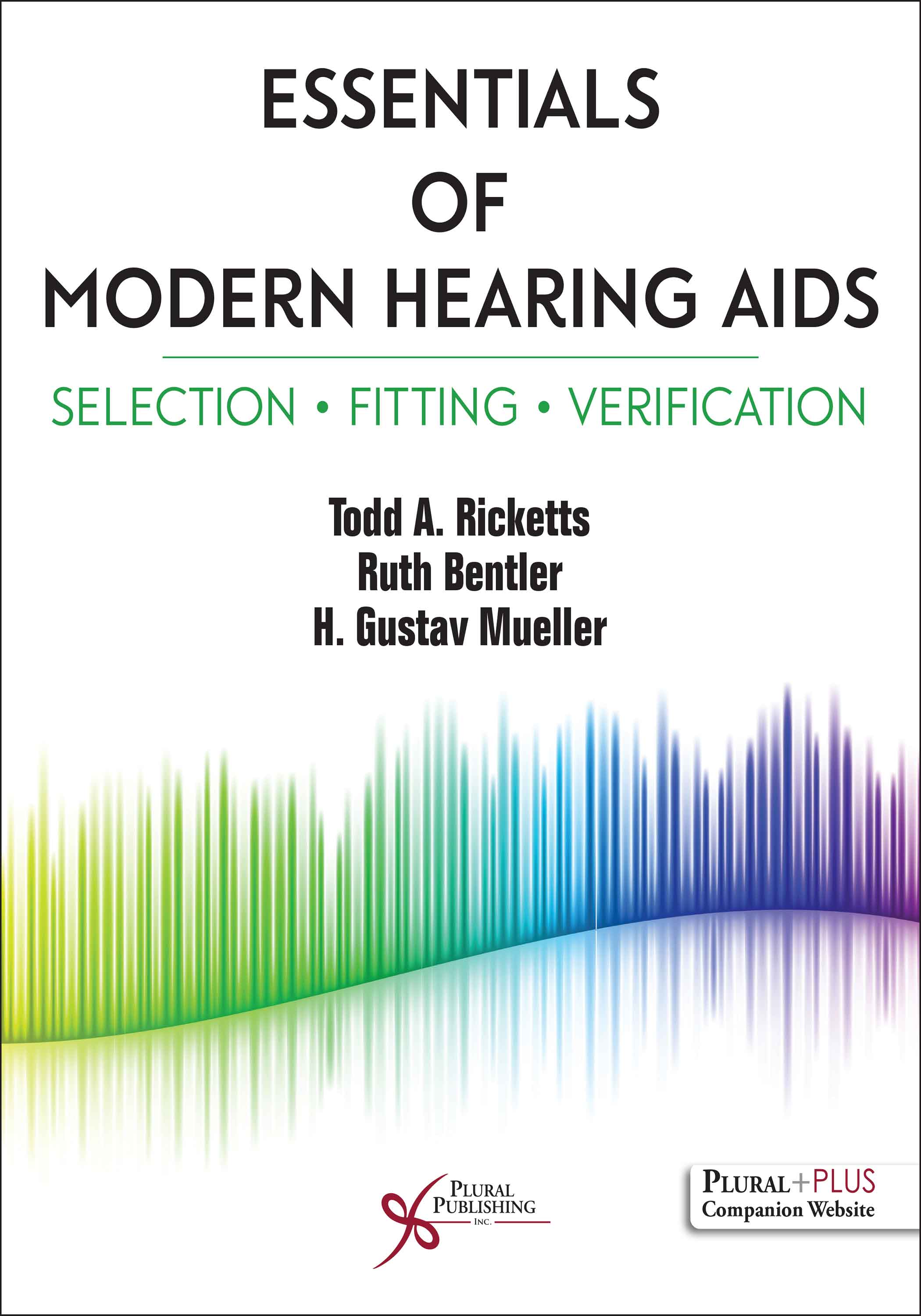
Essentials of Modern Hearing Aids: Selection, Fitting, and Verification
First Edition
Todd A. Ricketts, Ruth Bentler, H. Gustav Mueller
Details: 888 pages, B&W, Hardcover, 8.5" x 11"
ISBN13: 978-1-59756-853-1
© 2019 | Available
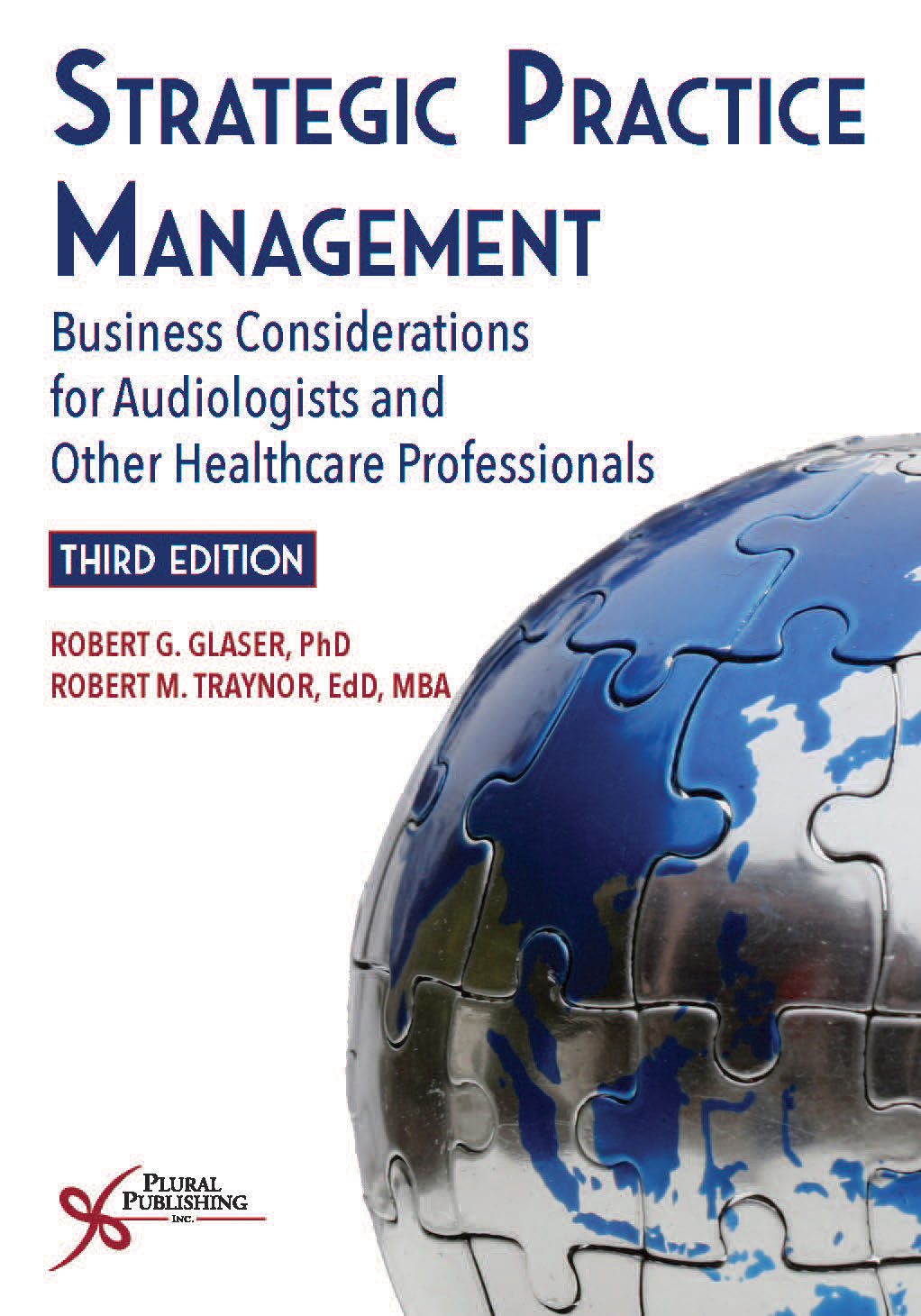
Strategic Practice Management: Business Considerations for Audiologists and Other Healthcare Professionals
Third Edition
Robert G. Glaser, Robert M. Traynor
Details: 768 pages, B&W, Hardcover, 7" x 10"
ISBN13: 978-1-63550-014-1
© 2019 | Available
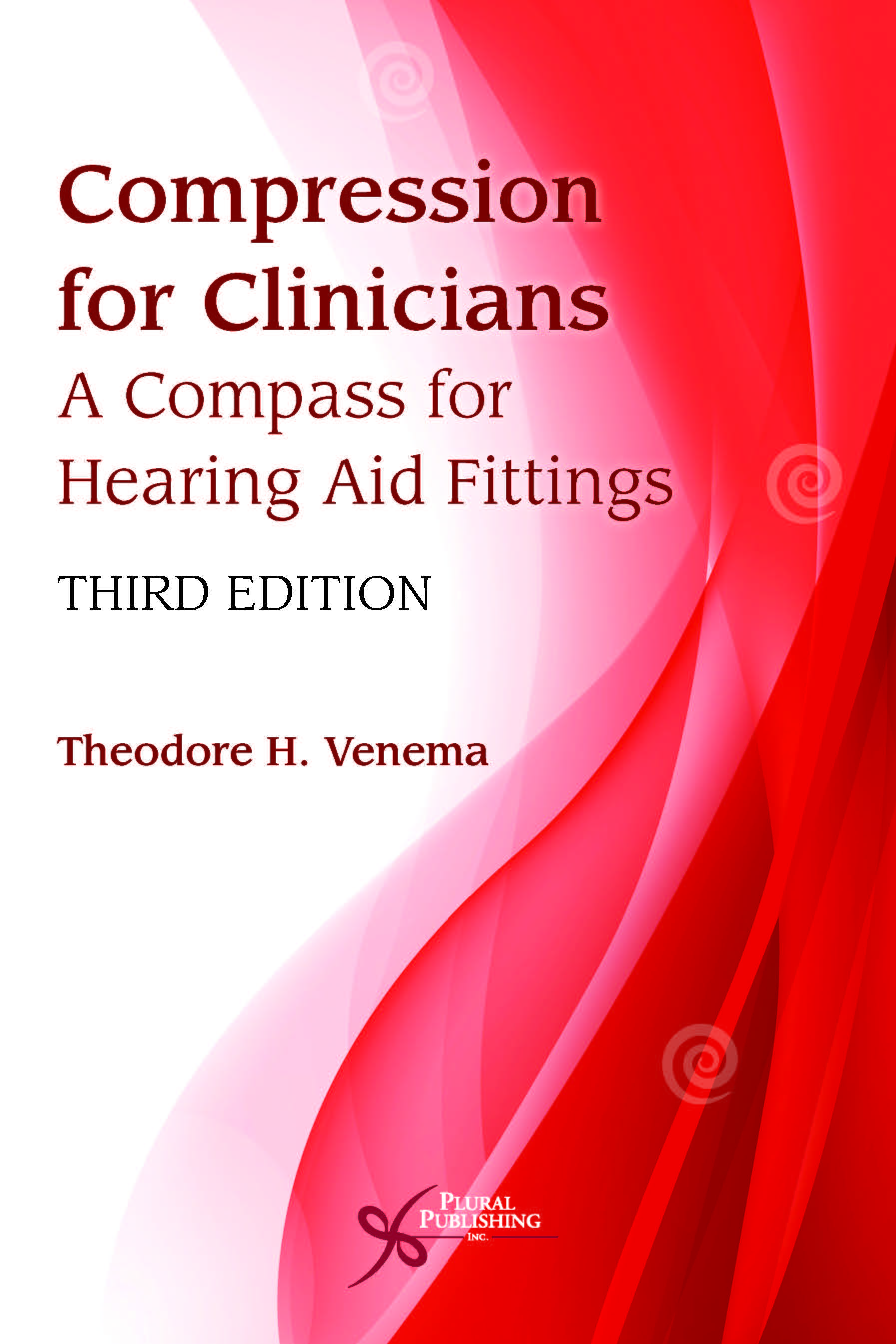
Compression for Clinicians: A Compass for Hearing Aid Fittings
Third Edition
Theodore H. Venema
Details: 416 pages, B&W, Softcover, 6" x 9"
ISBN13: 978-1-59756-987-3
© 2017 | Available
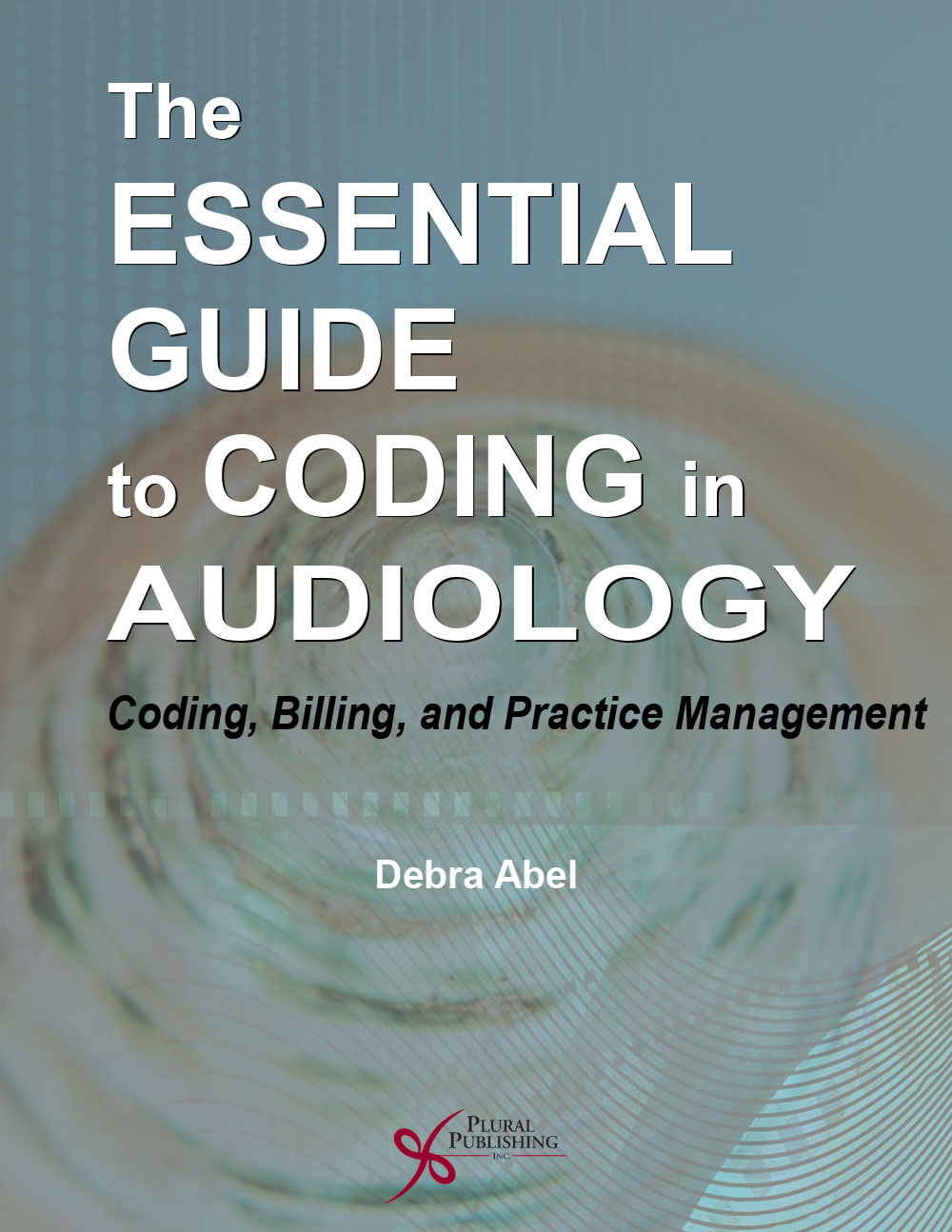
The Essential Guide to Coding in Audiology: Coding, Billing, and Practice Management
First Edition
Debra Abel
Details: 114 pages, B&W, Spiral Bound, 8.5" x 11"
ISBN13: 978-1-59756-893-7
© 2018 | Available
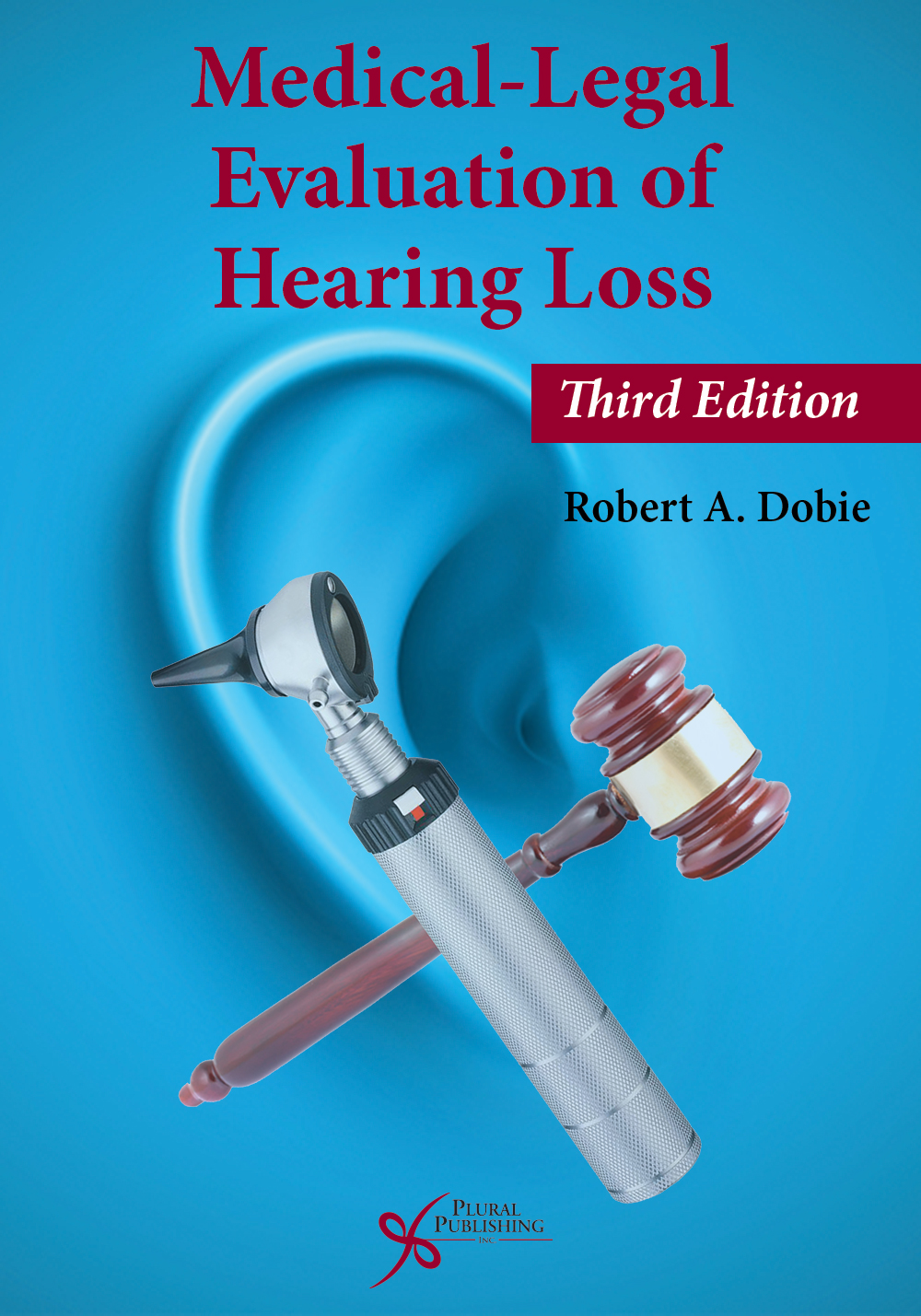
Medical-Legal Evaluation of Hearing Loss
Third Edition
Robert A. Dobie
Details: 419 pages, B&W, Hardcover, 7" x 10"
ISBN13: 978-1-59756-714-5
© 2015 | Available
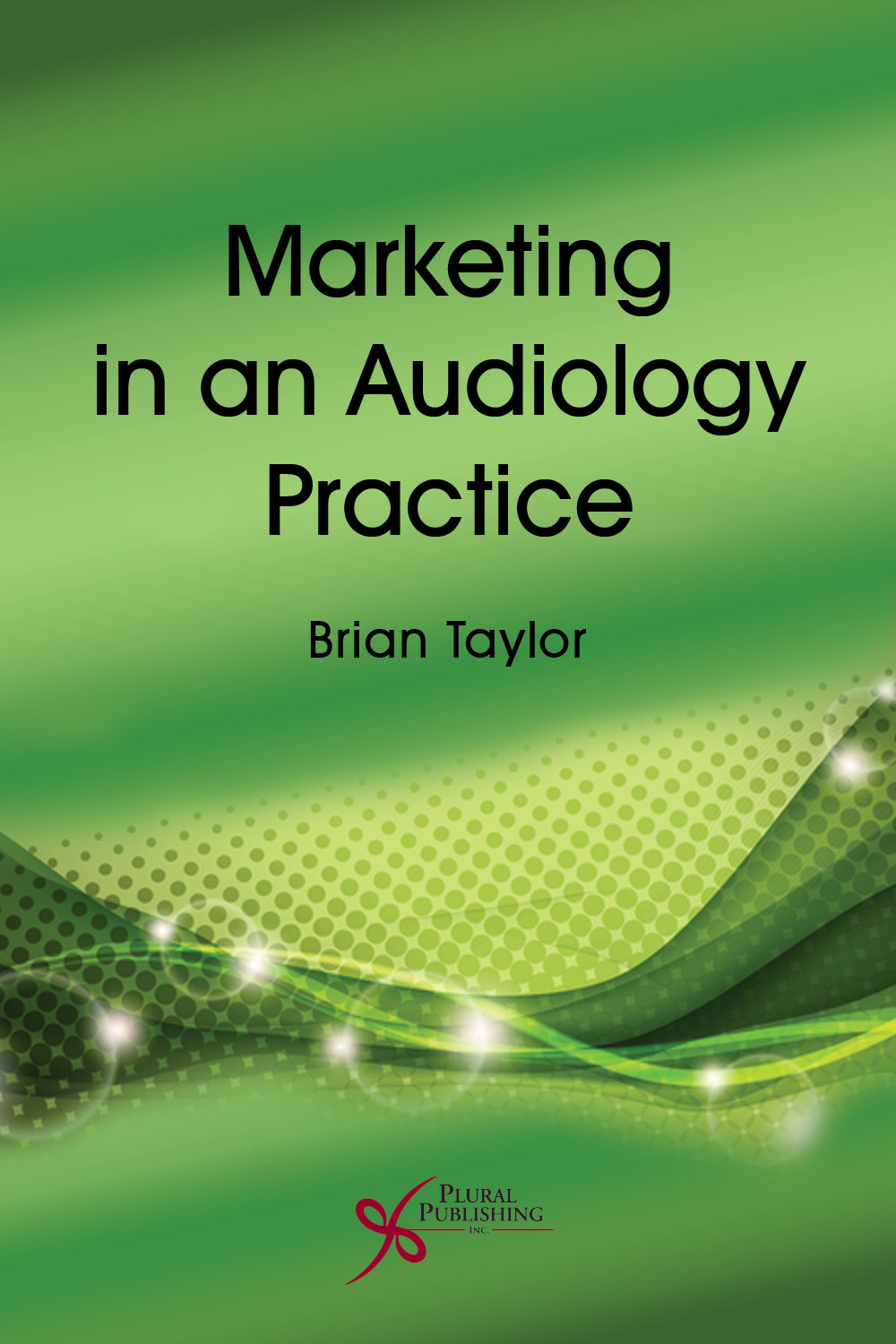
Marketing in an Audiology Practice
First Edition
Brian Taylor
Details: 392 pages, B&W, Softcover, 6" x 9"
ISBN13: 978-1-59756-569-1
© 2015 | Available
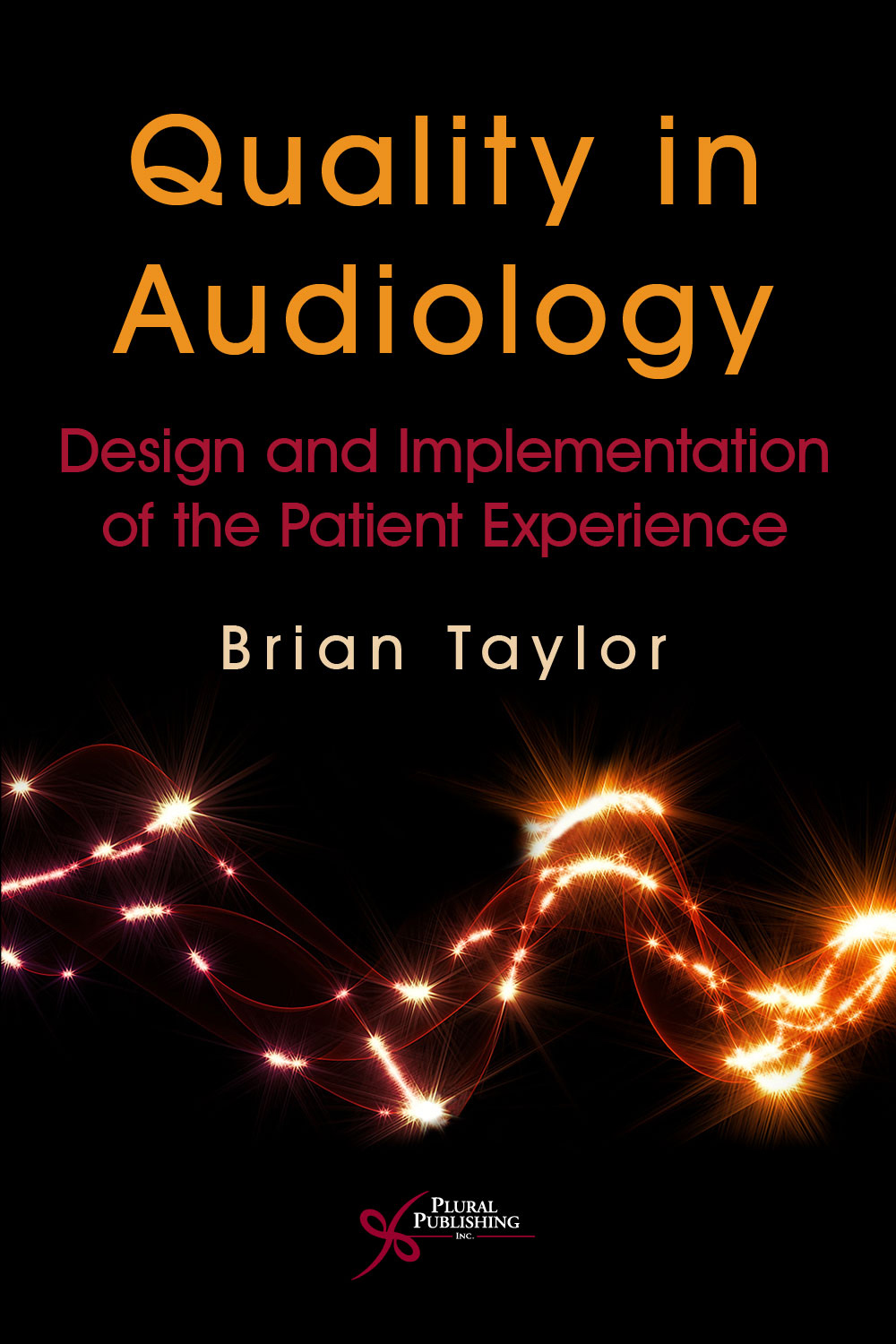
Quality in Audiology: Design and Implementation of the Patient Experience
First Edition
Brian Taylor
Details: 336 pages, B&W, Softcover, 6" x 9"
ISBN13: 978-1-59756-472-4
© 2013 | Available
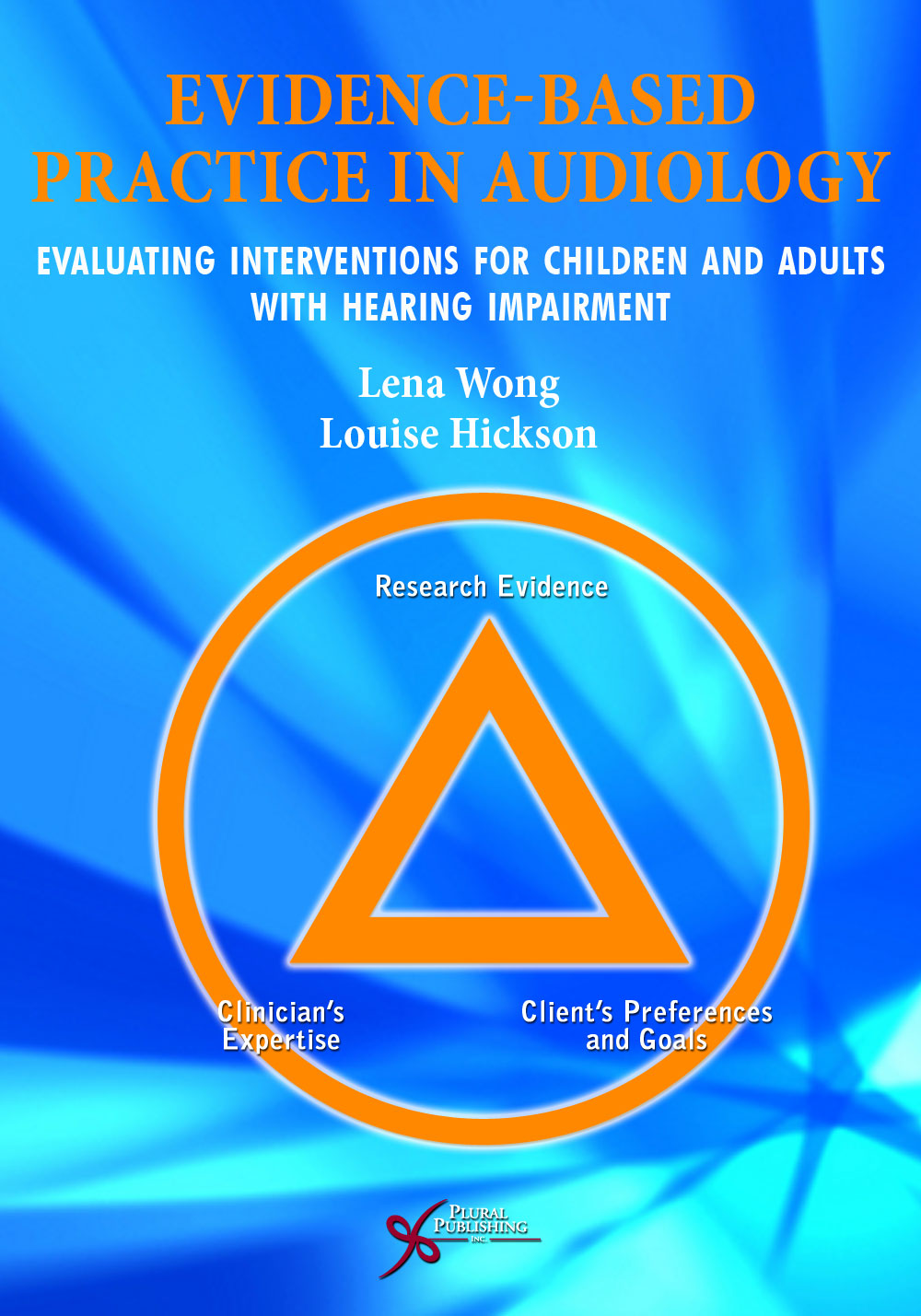
Evidence-Based Practice in Audiology: Evaluating Interventions for Children and Adults with Hearing Impairment
First Edition
Lena Wong, Louise Hickson
Details: 356 pages, B&W, Softcover, 7" x 10"
ISBN13: 978-1-59756-419-9
© 2012 | Available
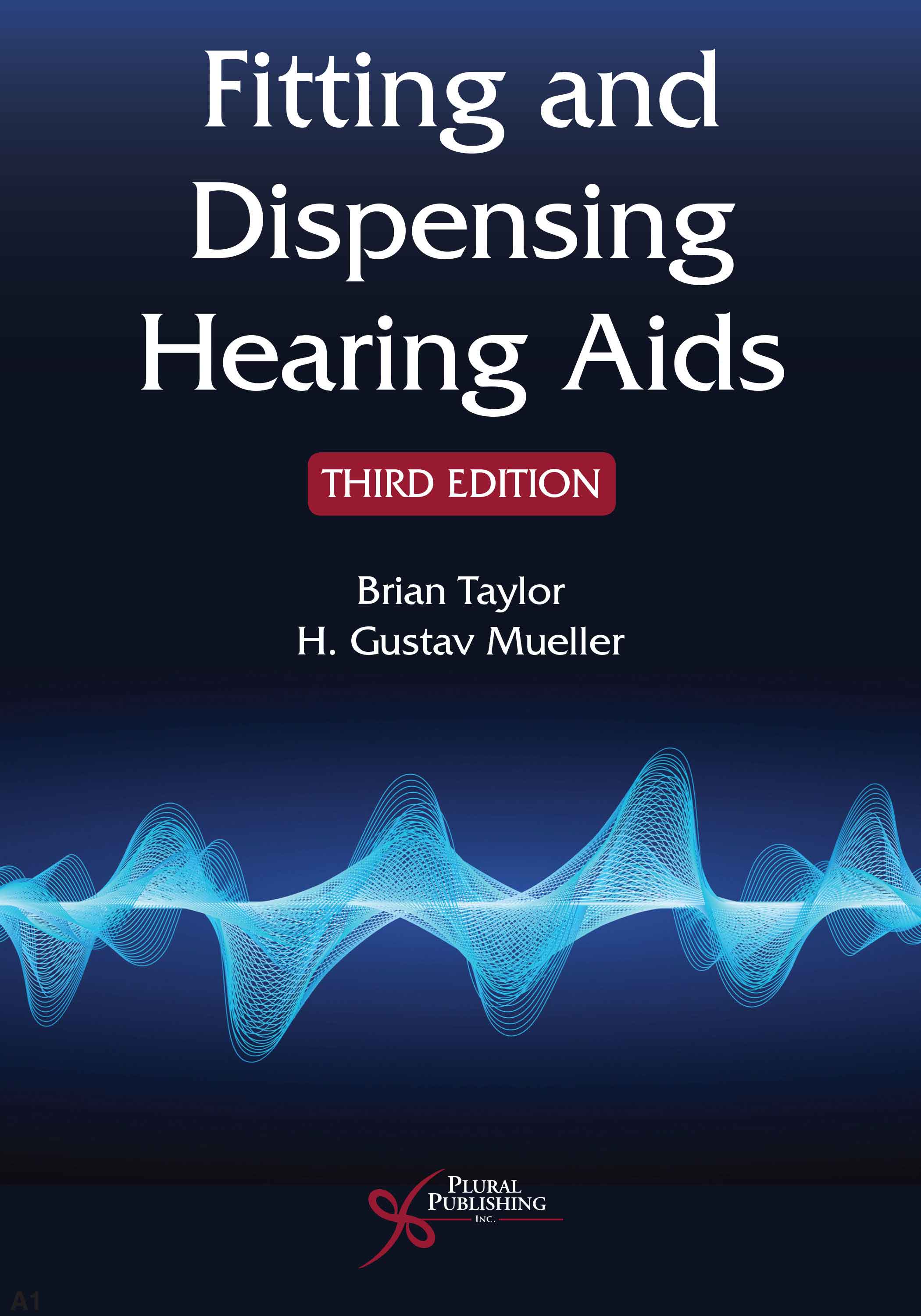
Fitting and Dispensing Hearing Aids
Third Edition
Brian Taylor, H. Gustav Mueller
Details: 550 pages, B&W, Softcover, 7" x 10"
ISBN13: 978-1-63550-210-7
© 2021 | Available
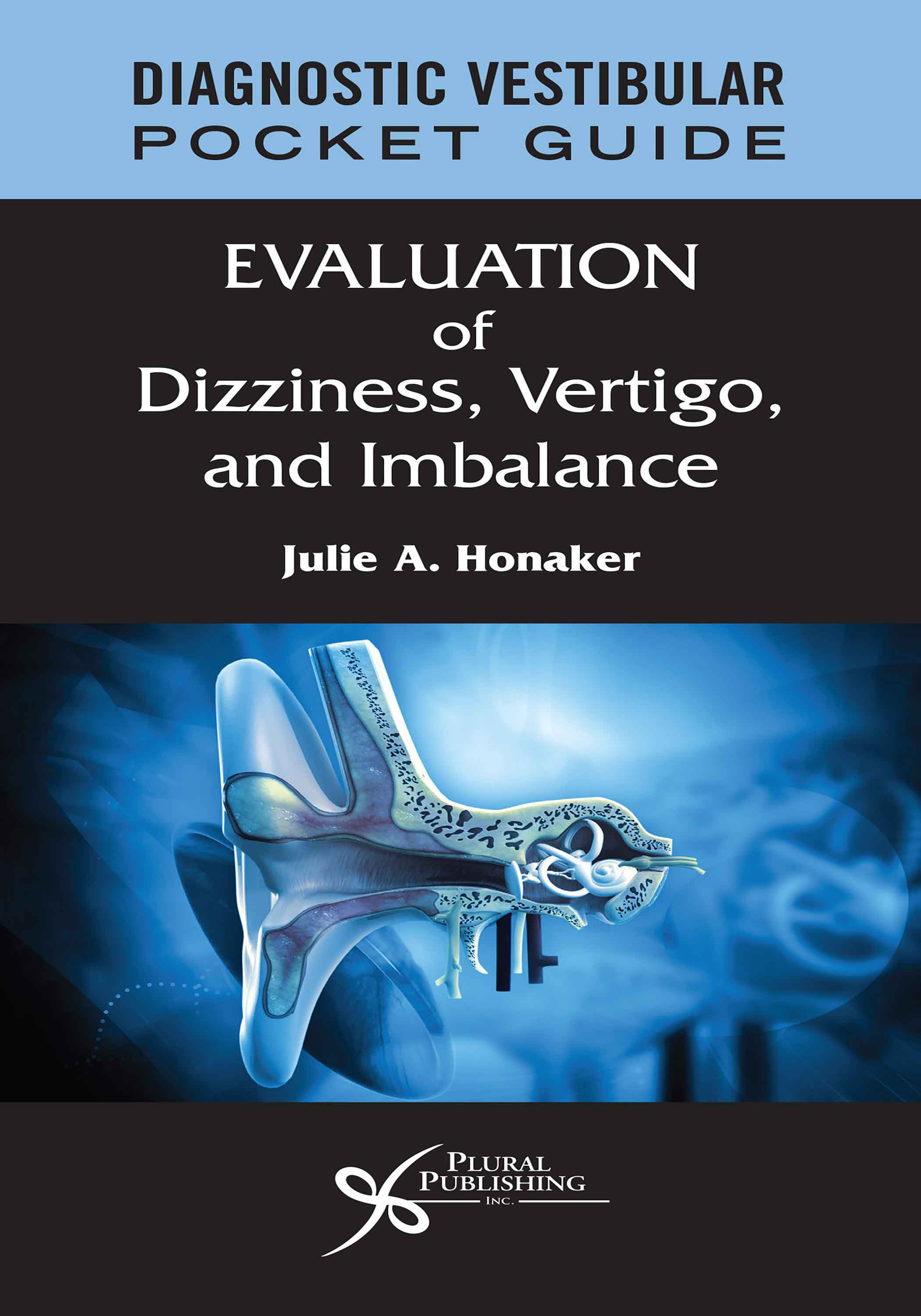
Diagnostic Vestibular Pocket Guide: Evaluation of Dizziness, Vertigo, and Imbalance
First Edition
Julie A. Honaker
Details: 288 pages, B&W, Softcover, 4.5" x 8"
ISBN13: 978-1-63550-312-8
© 2021 | Available
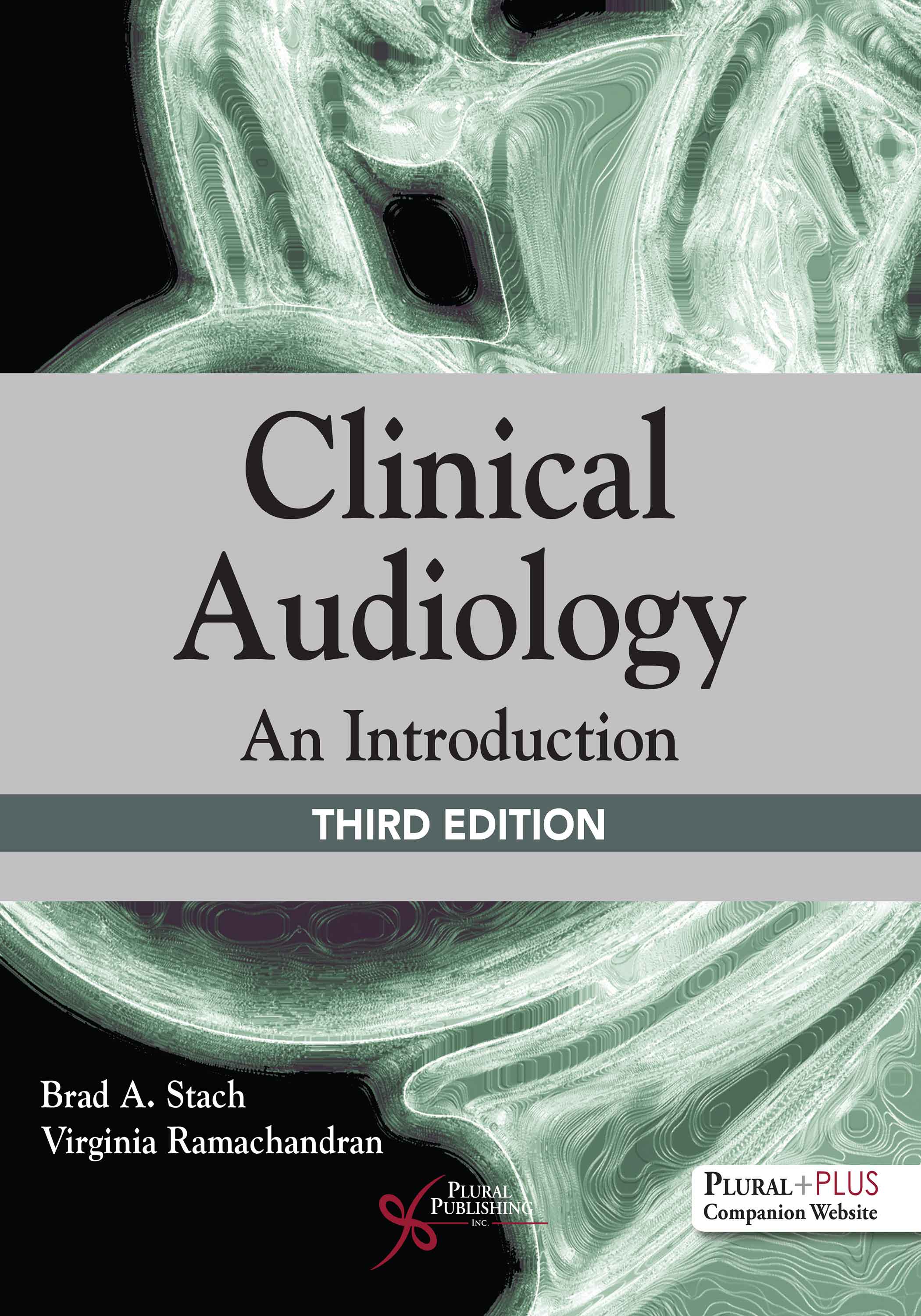
Clinical Audiology: An Introduction
Third Edition
Brad A. Stach, Virginia Ramachandran
Details: 575 pages, 2-Color, Hardcover, 8.5" x 11"
ISBN13: 978-1-94488-371-3
© 2022 | Available
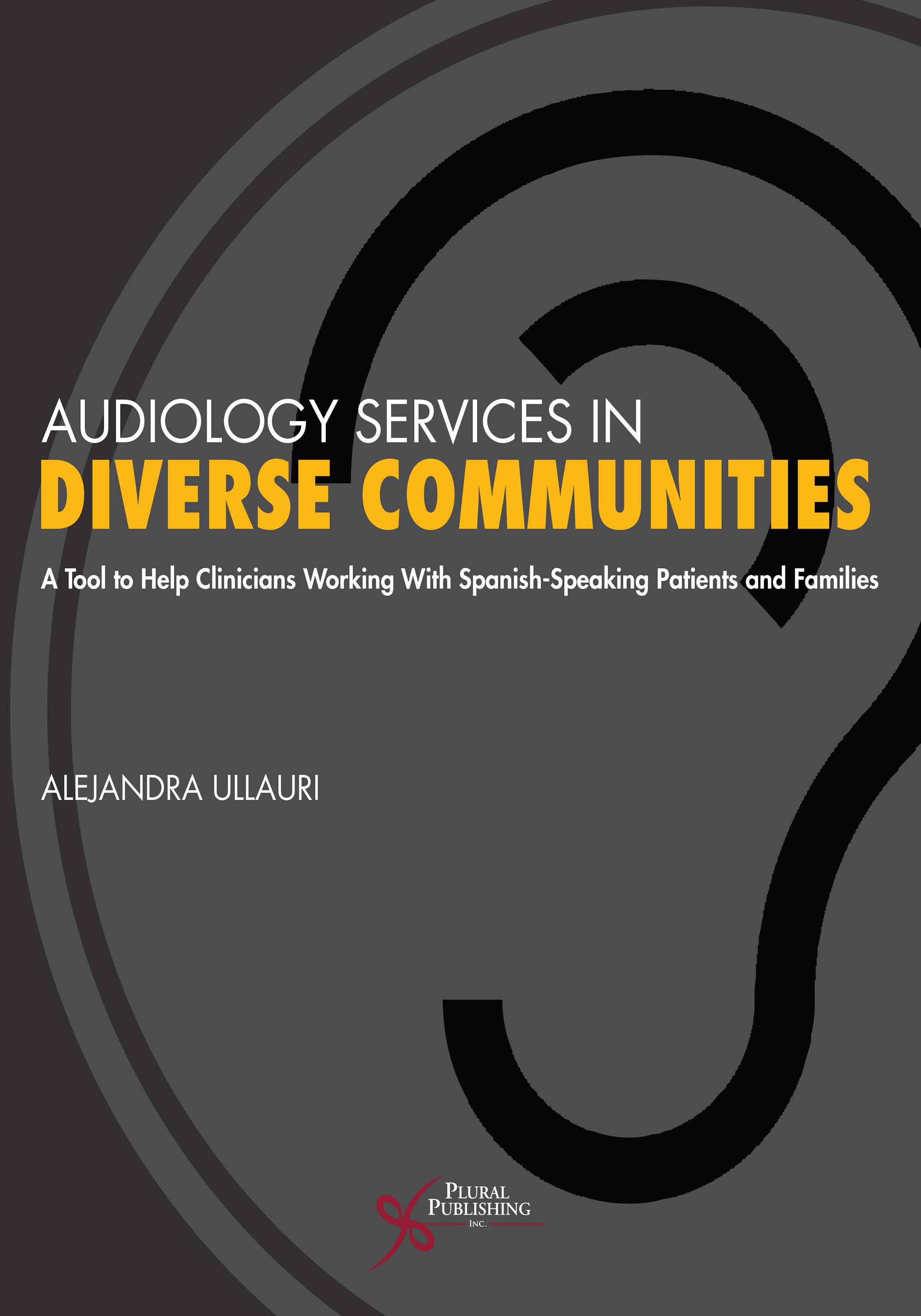
Audiology Services in Diverse Communities: A Tool to Help Clinicians Working With Spanish-Speaking Patients and Families
First Edition
Alejandra Ullauri
Details: 210 pages, B&W, Softcover, 8.5" x 11"
ISBN13: 978-1-63550-651-8
© 2022 | Available
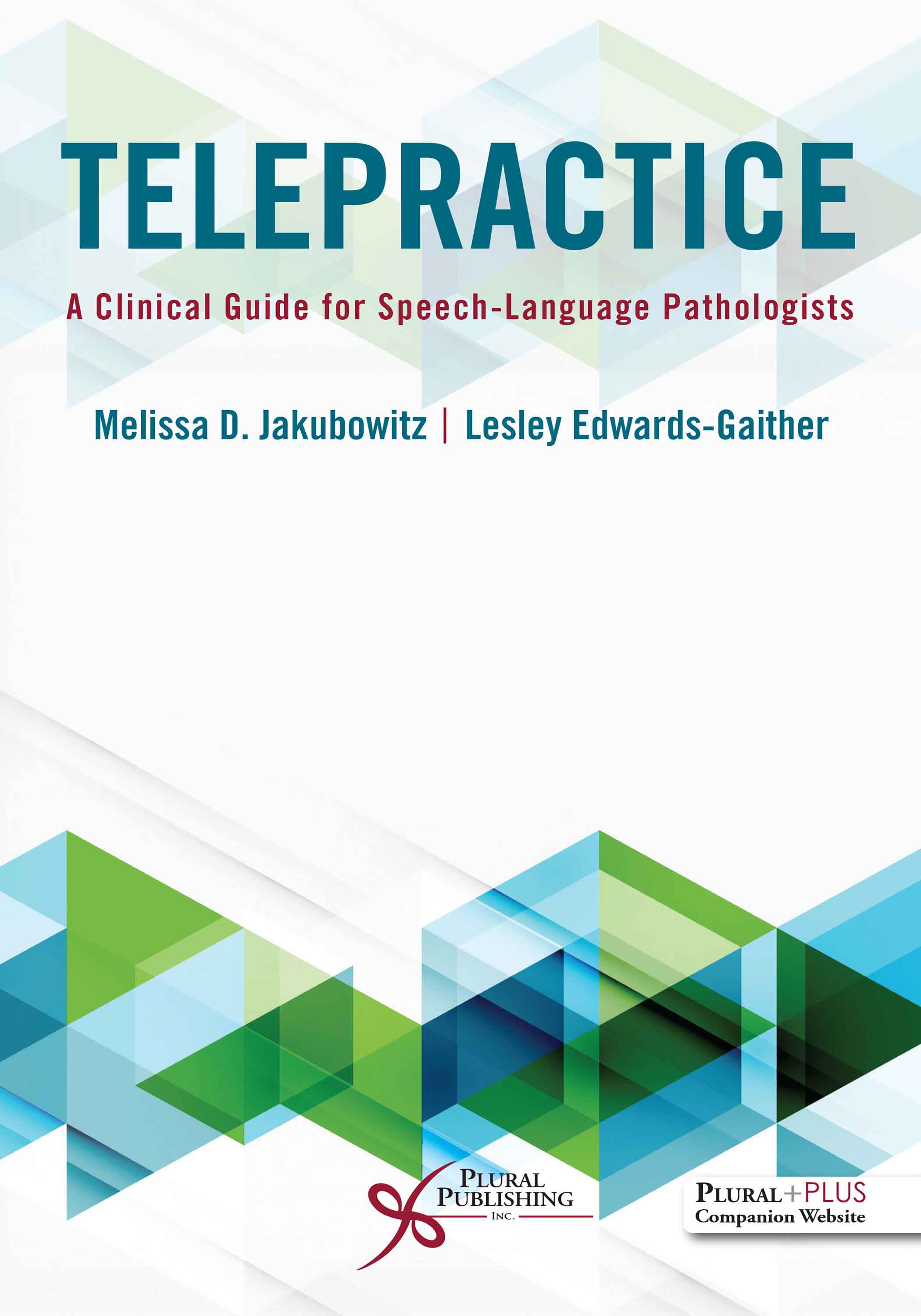
Telepractice: A Clinical Guide for Speech-Language Pathologists
First Edition
Melissa Jakubowitz, Lesley Edwards-Gaither
Details: 175 pages, B&W, Softcover, 6" x 9"
ISBN13: 978-1-63550-380-7
© 2022 | Available
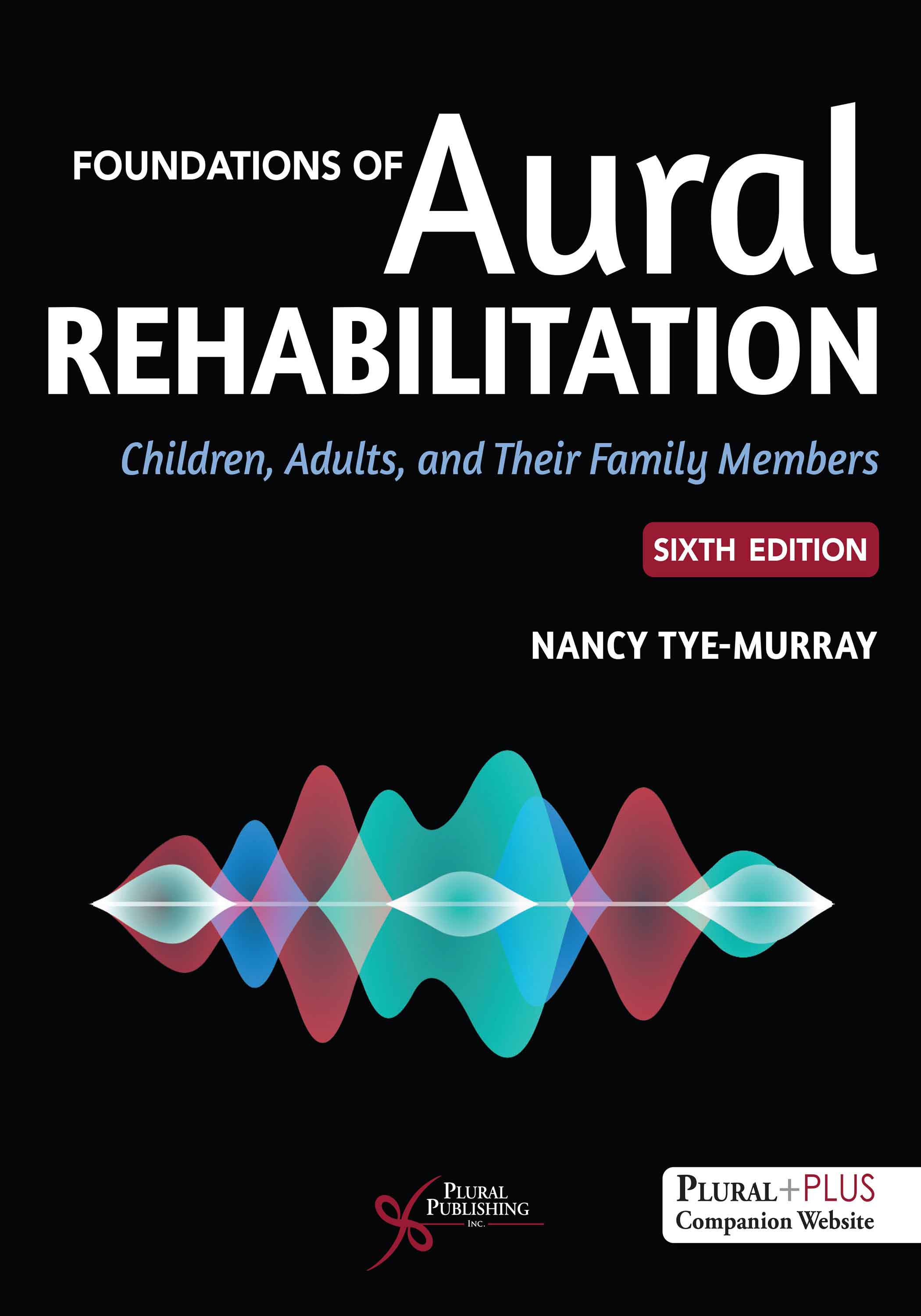
Foundations of Aural Rehabilitation: Children, Adults, and Their Family Members
Sixth Edition
Nancy Tye-Murray
Details: 567 pages, 2-Color, Softcover, 8.5" x 11"
ISBN13: 978-1-63550-420-0
© 2024 | Available

